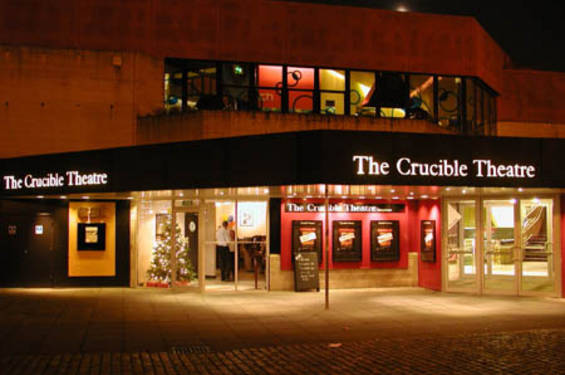This website uses cookies
This website uses cookies to enable it to function properly and to analyse how the website is used. Please click 'Close' to accept and continue using the website.



The Twentieth Century Society has submitted six new listing applications for post war buildings throughout the country. A number of theatres that have in the past been informally recommended for listing by a study carried out by the Theatres Trust, as well as Gravesend’s Civic Centre and Hammonds Department Store in Hull would benefit from protection as there is currently pressure for some of the buildings to be extended, altered or sold.
The list of candidates includes Exeter’s Northcott Theatre, built in 1967 to designs by Sir William Holford, the Crucible Theatre in Sheffield of 1971, by Renton, Howard, Wood and Associates (famous as a snooker venue) and Moro’s Gulbenkian Centre with theatre and TV studio of 1967. The Gulbenkian Centre is located at Hull’s largely post war university campus, as is Middleton Hall which features an auditorium and an on site chapel and is linked to the campus Arts Faculty building (Larkin Building), also on the Hull campus and all to designs by Sir Leslie Martin, built in 1965-7. Gravesend Civic Centre, a concrete panelled office and performance block by Brian Richards of HT Cadbury-Brown’s office of 1961-8 and Hammonds Department Store, again in Hull, to designs by TP Bennett (1950), complete the list.
While the impressive austere brick volumes of the Northcott in Exeter are currently threatened with a poorly designed extension, Hammonds in Hull might at some point in the near future join the fate of other department stores in the city that were forced to close due to low customer numbers. Regeneration is clearly on the agenda in central Hull , with a large new development just north of the station now underway. Hammonds hence would benefit from protection to guarantee its long term survival.
The buildings on Hull’s lush campus on Cottingham Road, the Gulbenkian Theatre and Middleton Hall with Chapel and Arts faculty, are well maintained, and Hull City Council is in the process of designating the campus, laid out according to a Leslie Martin master plan, a conservation area.
Gravesend Civic Centre is a good brutalist design but pressure to accommodate more staff in the building might in the future lead to alterations that would be best guided if the building was listed.
We are asking English Heritage to proceed quickly with these listing cases, especially those for the Northcott and Gravesend. All buildings are of architectural merit, some built by leading UK architects. Their protection would be a valuable tool in managing necessary changes.
Notes for editors:
For further information and images please contact: Cordula Zeidler, Caseworker, The Twentieth Century Society, tel: 020 7250 3857, cordula.zeidler@c20society.org.uk

Become a C20 member today and help save our modern design heritage.